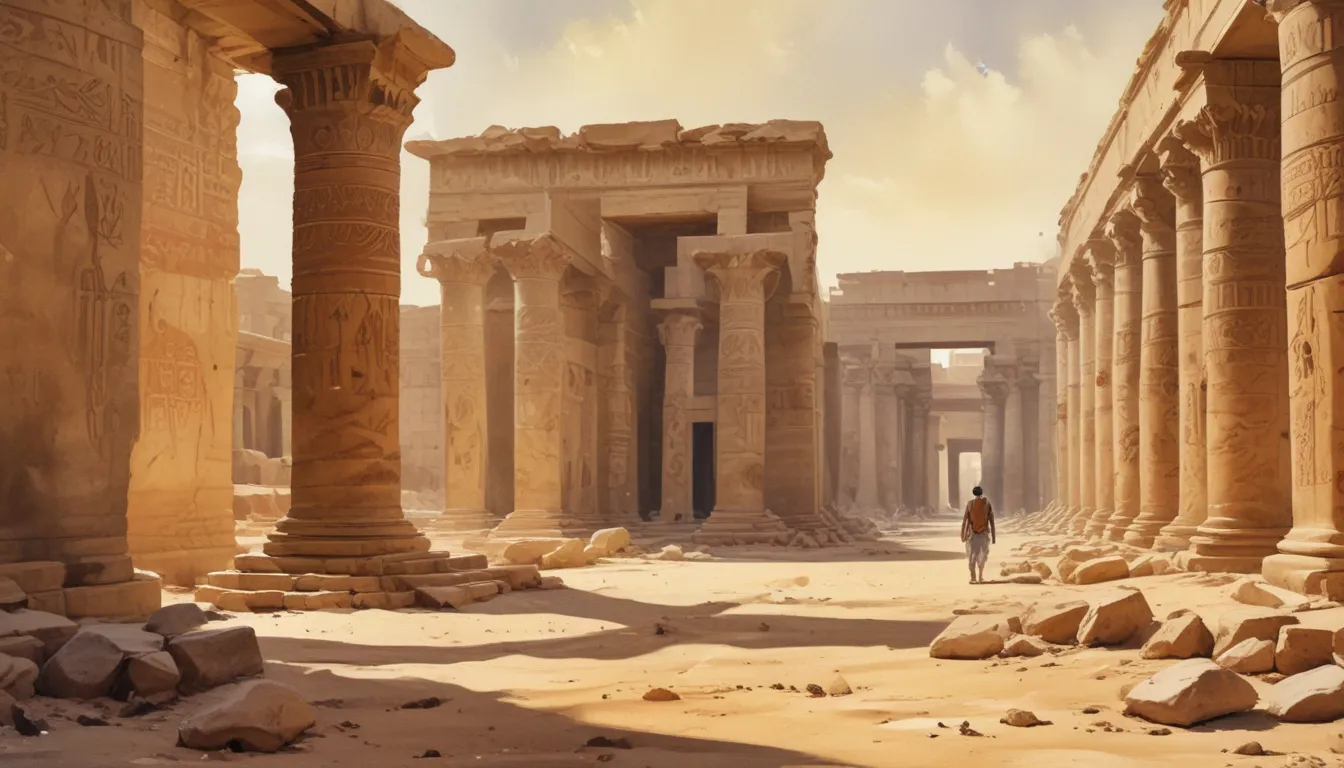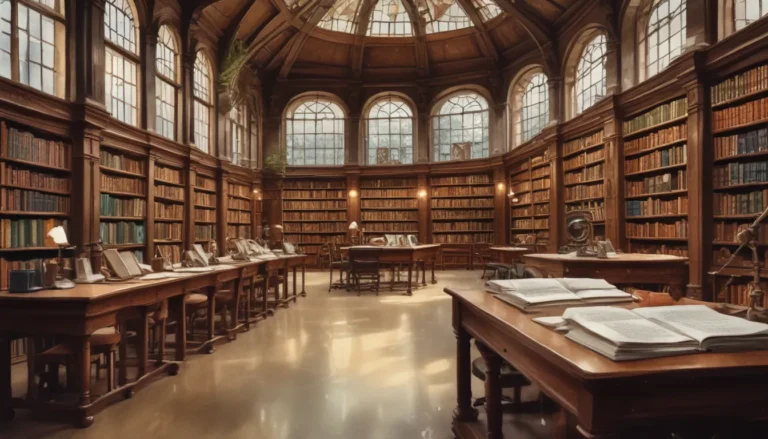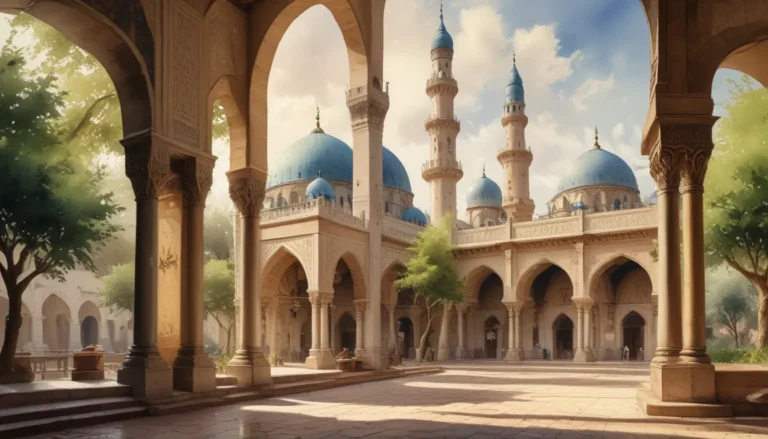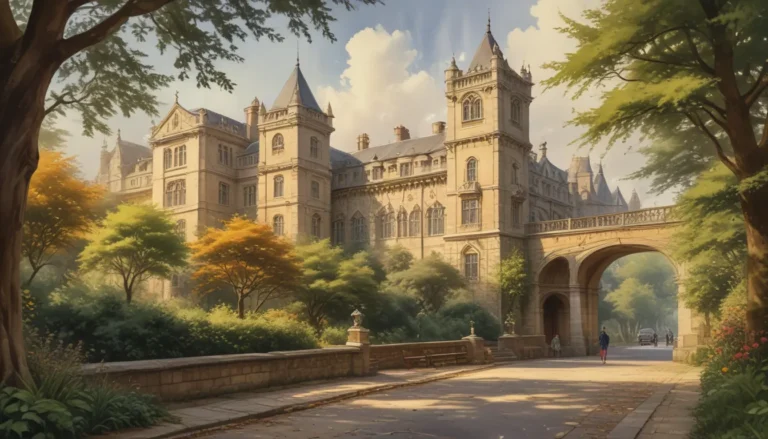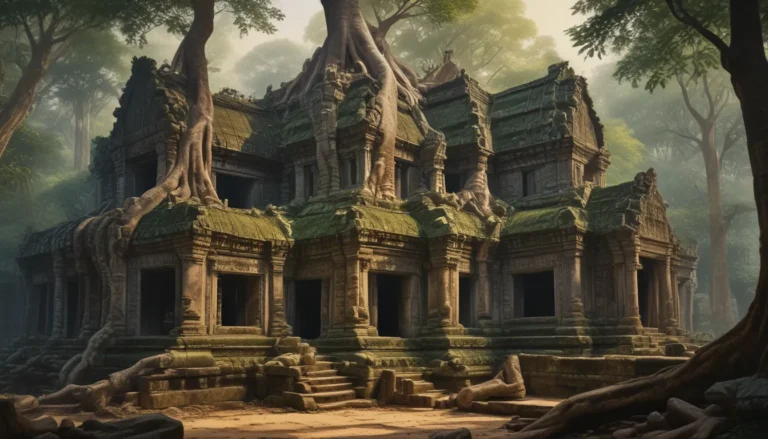The images in our articles are for illustrative purposes only and may not exactly match the content. They are intended to capture your interest and complement the text, not to replace it.
Welcome to the captivating world of Abydos, Egypt, a place shrouded in ancient history and mystery that has intrigued historians, archaeologists, and adventurers for over 5,000 years. Situated along the picturesque banks of the Nile River, Abydos stands as one of the most significant archaeological sites in all of Egypt, offering a window into the rich heritage of ancient Egyptian civilization.
Uncovering the Secrets of Abydos
As we embark on a journey through 16 intriguing facts about Abydos, we will unravel the mysteries and stories hidden within this ancient city. From its famous temples to its enigmatic inscriptions, Abydos beckons us to explore its historical significance and architectural marvels.
The Ancient City of Abydos: A Hub of History
Nestled in Upper Egypt, Abydos holds immense historical and archaeological significance, with evidence of human occupation dating back to 4000 BCE. Known as “Abdju” in ancient times, Abydos was a sacred site and a pivotal religious center in ancient Egypt, offering insights into the religious beliefs and social structure of the civilization.
The Majestic Temple of Seti I
One of the jewels of Abydos is the renowned Temple of Seti I, dedicated to the god Osiris. This architectural marvel is adorned with beautifully detailed carvings and reliefs depicting scenes from ancient Egyptian mythology and religious rituals, offering a glimpse into the artistic craftsmanship of the era.
Abydos: The Final Resting Place of Egyptian Kings
Abydos stands as the burial ground for Egyptian kings, housing the Umm el-Qa’ab necropolis where early monarchs like Narmer and Menes were laid to rest. The site boasts numerous tombs, including the iconic Osiris Shaft, believed to be the resting place of the god of the afterlife himself, Osiris.
Delving into the Abydos King List
Among Abydos’ treasures is the renowned Abydos King List, a relief carved on the walls of the Temple of Seti I. This chronological record of Egyptian pharaohs from the Predynastic period to the New Kingdom serves as a valuable historical document, aiding scholars in piecing together Egypt’s ancient lineage.
Abydos: The Birthplace of Osiris
Closely tied to the mythological figure of Osiris, Abydos is considered his birthplace and the site of his resurrection. Pilgrims flocked to the city, seeking eternal life through their devotion to Osiris, underscoring the significance of Abydos as a pilgrimage site in ancient Egyptian beliefs.
Mysteries and Legends of Abydos
Abydos is steeped in legends and mysteries, with tales of secret entrances to the underworld hidden within its temples and tombs. This enigmatic city continues to intrigue visitors with its aura of mystique, adding to the allure of exploring its ancient wonders.
Unveiling the Abydos Triad
In ancient Egyptian mythology, Abydos was revered as the site of worship for the Abydos Triad: Osiris, Isis, and Horus. This divine trinity played a vital role in religious beliefs and rituals, offering a glimpse into the spiritual practices of the ancient Egyptians.
A Glimpse into Architectural Marvels
Visitors to Abydos are treated to a visual feast of architectural splendor, with intricately carved columns and friezes that showcase the artistic prowess of ancient Egyptian craftsmen. The temples and structures of Abydos stand as testaments to the skill and dedication of the civilization’s builders.
The Allure of the Temple of Rameses II
The Great Temple of Abydos, dedicated to the revered pharaoh Rameses II, is a testament to the grandeur and power of ancient Egypt. Adorned with colossal statues and intricate designs, this temple complex showcases the magnificence of one of Egypt’s most renowned rulers.
Abydos: A Hub of Ancient Egyptian Religion
Steeped in religious significance, Abydos was believed to be the gateway to the afterlife, drawing pilgrims seeking blessings from the gods. The city’s religious practices and rituals offer valuable insights into the spiritual beliefs that shaped ancient Egyptian culture.
Exploring the Cult of Osiris in Abydos
Abydos played a pivotal role in the worship of Osiris, the god associated with death and rebirth. Pilgrims undertook rituals and ceremonies in Abydos, seeking Osiris’s guidance and protection in the afterlife, reflecting the profound influence of the cult of Osiris on ancient Egyptian religious practices.
The Grandeur of the Temple of Hatshepsut
The Temple of Hatshepsut in Abydos stands as a testament to the powerful reign of the female pharaoh Hatshepsut, adorned with exquisite reliefs and inscriptions depicting her achievements. This architectural masterpiece offers a glimpse into the advancements of the New Kingdom era.
Insights into Ancient Hierarchy and Social Structure
Abydos provides valuable insights into the hierarchical structure of ancient Egyptian society, showcasing the roles of pharaohs, priests, and nobles. The grandeur of the tombs and temples in Abydos reflects the opulence and power of the elites who shaped the social fabric of the civilization.
The Rich Tapestry of Ancient Egyptian Festivals
Abydos served as a hub for various religious festivals in ancient Egypt, including celebrations such as the Festival of Osiris and the Festival of the Valley. These events featured elaborate processions, offerings, and rituals that underscored the cultural richness of the civilization.
Abydos in Pop Culture: A Legacy of Mystique
Abydos has left an indelible mark on popular culture, inspiring numerous books, films, and video games that delve into its ancient mysteries. This enigmatic city continues to captivate audiences with its rich history, further perpetuating the fascination with its archaeological wonders.
Conclusion: Unveiling the Splendor of Abydos
In conclusion, Abydos, Egypt, stands as a beacon of ancient history and architectural marvels that continue to enthrall visitors with its rich heritage. From the awe-inspiring Temple of Seti I to the legends of Osiris, Abydos offers a journey through the cultural tapestry of ancient Egypt. As you explore this captivating city, you will be immersed in the wonders of a bygone era, gaining a deeper appreciation for the myths and legends that echo through its sacred sites.
Frequently Asked Questions
-
When was Abydos, Egypt built?
Abydos, Egypt, is believed to have been established around 3200 BCE during the Early Dynastic Period, marking its long and storied history in ancient Egypt. -
What is the significance of Abydos in Egyptian mythology?
Abydos is revered as one of the holiest cities in ancient Egypt, serving as the burial place of the god Osiris and a prominent pilgrimage site for ancient Egyptians seeking spiritual blessings. -
Can visitors explore the Temple of Seti I?
Yes, visitors have the opportunity to explore the Temple of Seti I in Abydos, where they can admire well-preserved hieroglyphs and the famous Abydos King List among other remarkable features. -
Is the Osireion open to the public?
The Osireion, a unique underground structure in Abydos, is open to the public, offering visitors a rare glimpse into ancient Egyptian burial practices and architectural ingenuity. -
Are there any nearby attractions to visit while in Abydos?
While in Abydos, visitors can also explore neighboring attractions such as the Temple of Hathor in Dendera and the ruins of the ancient city of Thinis, further enriching their experience of ancient Egyptian culture.
Embark on a journey through the mysteries and marvels of Abydos, Egypt, and uncover the secrets that lie within this ancient city. From the sacred temples to the ancient rituals, Abydos invites you to explore the wonders of Egypt’s rich cultural heritage, offering a glimpse into the past that continues to captivate and inspire. As you traverse the pathways of this historical gem, let the myths and legends of Abydos weave a tapestry of understanding and appreciation for the ancient world that beckons you to explore its hidden treasures.
